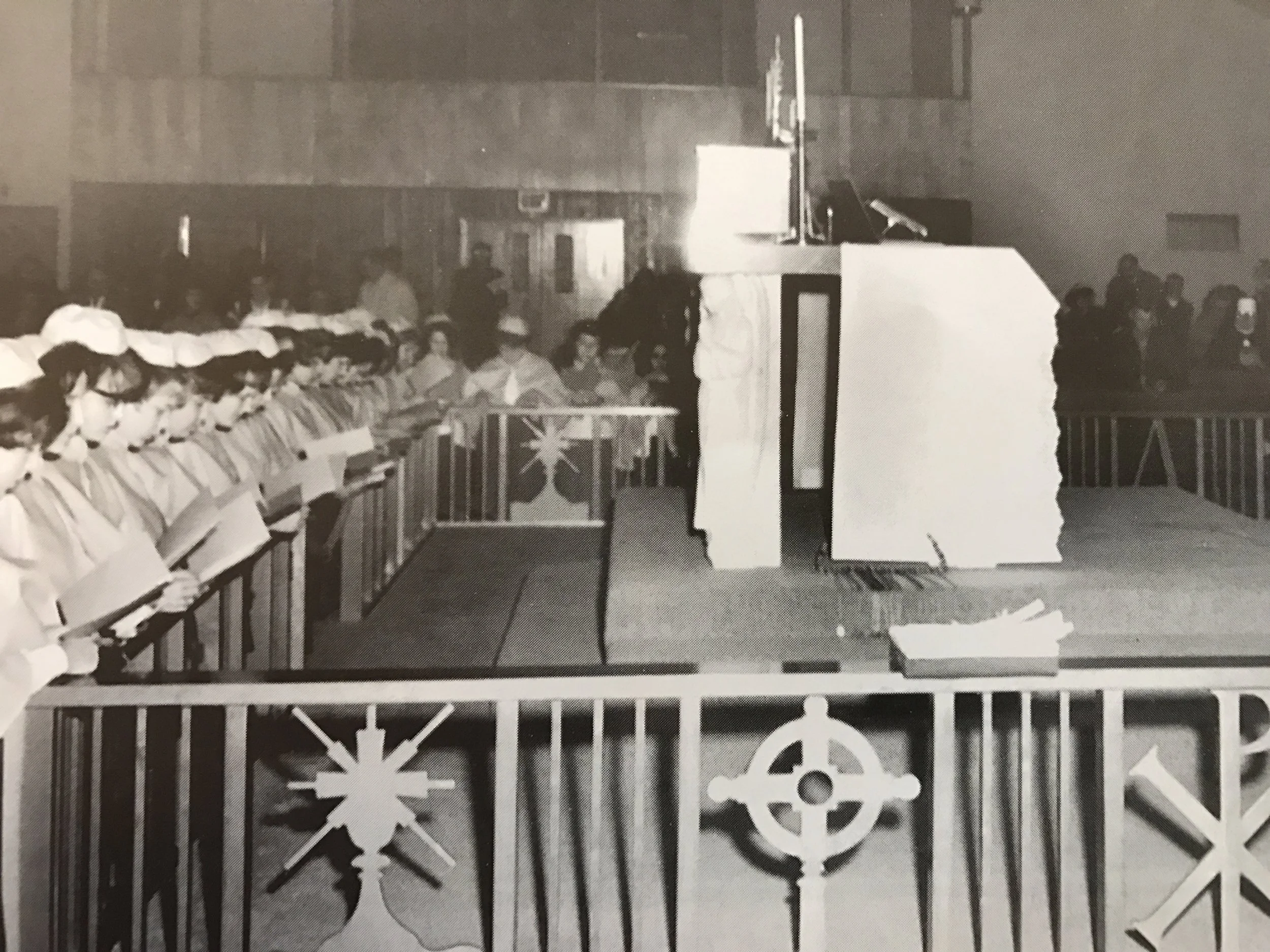Dear Parishioners,
When asked what is it one desires in life? Most people will likely say, happiness. Regardless of their being a Christian or not, a believer in God or not, this is part of what is most deeply seated in our heart. We desire to be happy. In the Gospel, the word has been translated, “blessed.” The Greek word is Macarios. It literally translates as “happy.” But, in our modern English, being happy is something that is transitory, something that is based on current events. Something that changes with circumstances. “I am happy when I eat my favorite food or spend time with my close friend,” orI am happy when I watch a great movie.” But, blessedness carries that sense of being full and content with God which is beyond transitoriness. It carries with it the the meaning which our word, “happiness” seems to have lost. It is more like the kind of happiness or joy that is so deep seated that it cannot be displaced by the tragedies of life. It is not founded in one’s own self esteem or accomplishments. Rather, it is founded in God, in his presence in our lives, in our openness to his prompting and acting in our lives. For whenever we encounter our Lord and are open to him, we are transformed. Our deepest desires are filled and our sense of worth and belovedness is deepened.
What makes us blessed or happy is holiness. Yet, rare it is that we talk about how we can be holy. In fact, such a conversation is sadly one of the most rare, don’t you think? We must be in a faith sharing group or Bible study for that conversation to occur. We prefer to talk about politics, the latest events, our neighbors, or family members. But, when we get down to the most fundamental part of who we are, we must admit that we are restless and that we too often try to fill that restlessness with all sorts of things that do not satisfy, do not make us happy, do not make us blessed. For many, there is a deep dissatisfaction in their lives. They are lost. Some have no joy whatsoever. Today, Jesus, who is the author of love who is the Word incarnate, who knows what it takes to have a joyfull and blessed life, tells us what it looks like to be happy.
Today, the Church sets before us in the Liturgy, Jesus who tells us how we can be happy, how we can be blessed: He tells us that they are people who focus on
- being poor in spirit and not their own aggrandizement, ,
- mourning for those who have lost instead of mocking or making fun of them, or simply being glad that they are not the one who has lost
- being meek and humble and not self-confident without God or arrogant thinking you are “all that”
- hungering and thirsting for righteousness instead of reveling in sin or the destruction of others
- being merciful and showing tender loving kindness instead of punishing for revenge
- being clean of heart instead of filling one’s life with images and thoughts of sinful acts
- being a peacemaker instead of planting/inciting division, spreading rumors, or being disorderly or disobedient
Archbishop Sample wants to equip us with the the spiritual and intellectual formation to help our parishes learn and grow along these paths and to incorporate the Beatitudes in our everyday life and be able to share it with others. Through the Ministry Formation Program, we have been blessed to have a myriad of classes which have helped us live out these Beatitudes. Through the Archbishop’s Catholic Appeal (aka “ACA") (now of which is the announcement weekend, and next week is the commitment weekend) local instructors have been found and scheduled to offer important classes to lift up our Catholic parishes. I myself have been an instructor for 16 yrs, teaching classes on Liturgy & Sacraments, Vatican II, Ecclesiology, Christology, and Pastoral Administration. Other classes have been offered in our vicariate such as Church History, Moral Theology, and Scripture classes. The Ministry Formation Office has made available training classes for catechists, youth ministers, and Pastoral Musicians. Again, these have been made possible by the generosity of the people in the parishes throughout the Archdiocese who have given to the ACA. And while this year, the focus of the ACA Appeal is on Faith Formation, the ACA continues to fund Hispanic Ministry grants, retried priest, office of marriage and family life, youth ministry, and much more.
Finally, in our current time, we need to be all the more equipped to know and live the Gospel of Christ, to love him and serve our neighbors. But, in order to live out the Beatitudes which are profound examples of this life, we need formation and education. Being a Catholic Christian isn’t easy today. In fact, Jesus tells us that when we live out these Beatitudes, we will be persecuted. Yet, if we do these things because of our faith in Jesus, we will be blessed. If we truly listen and obey his teachings, we will find the source of all satisfaction and love. I our hearts, we will have the kingdom of heaven. We will be comforted. We will be shown mercy. We will see God. We will be called Children of God. Blessed will we be for our reward be great in heaven.
Blessings,
Fr. William Holtzinger
Pastor















